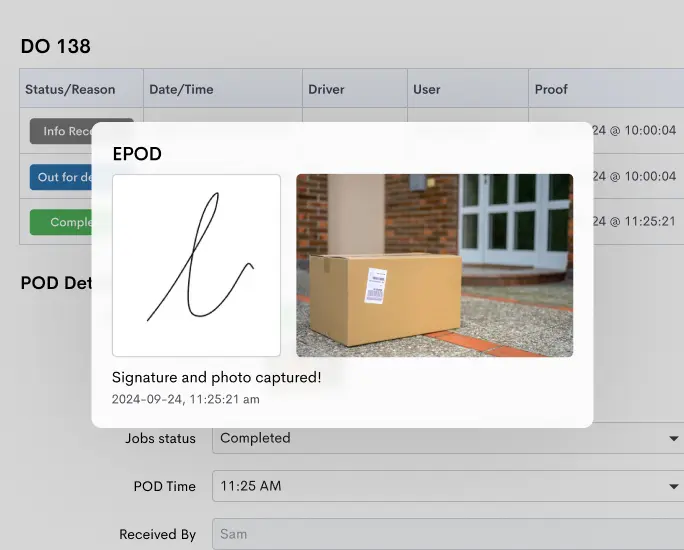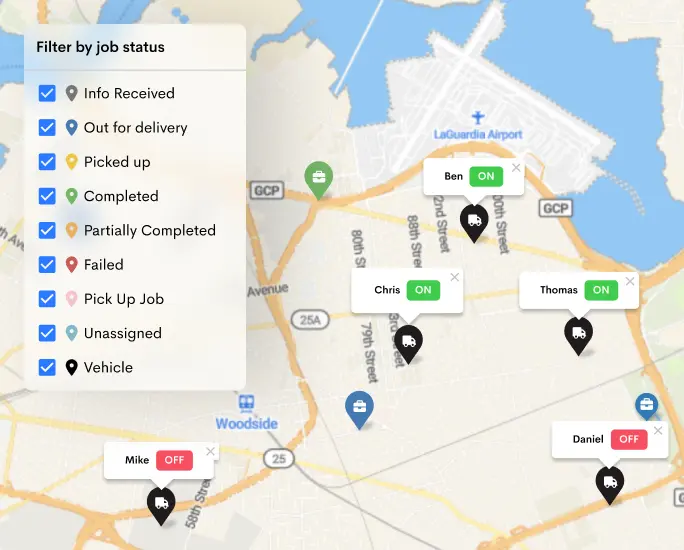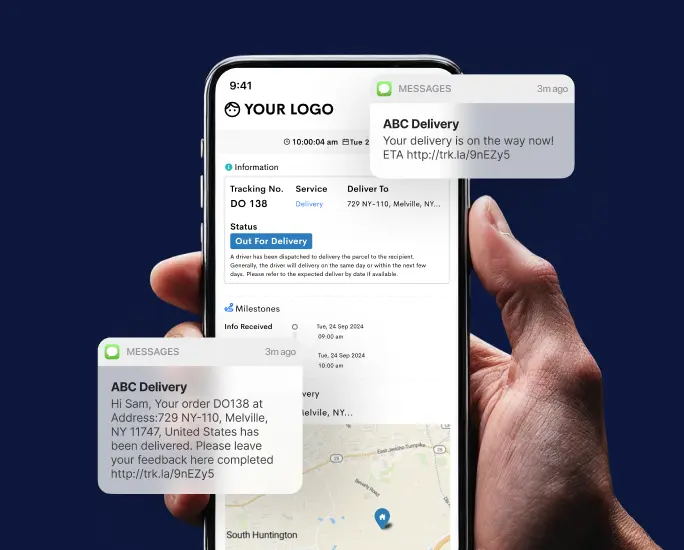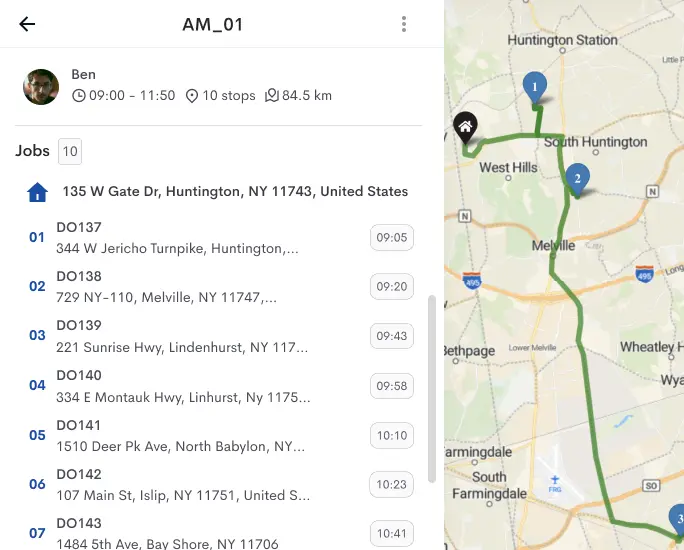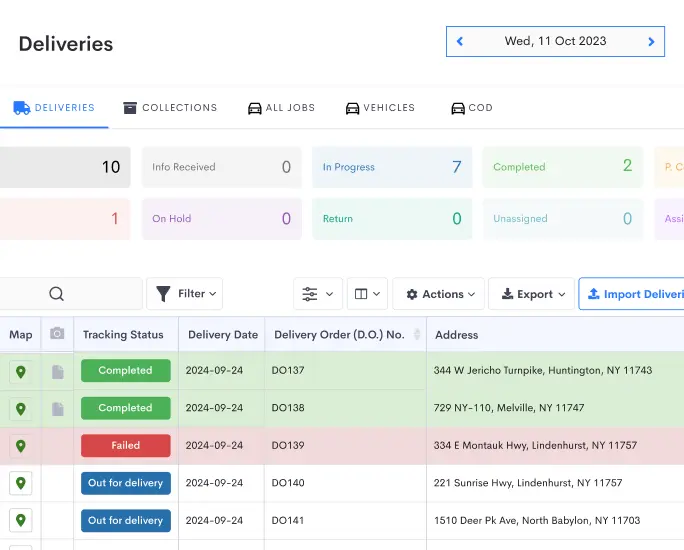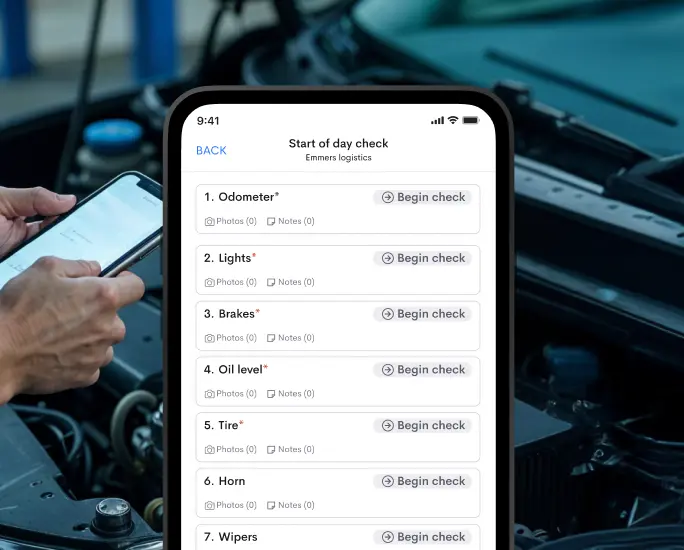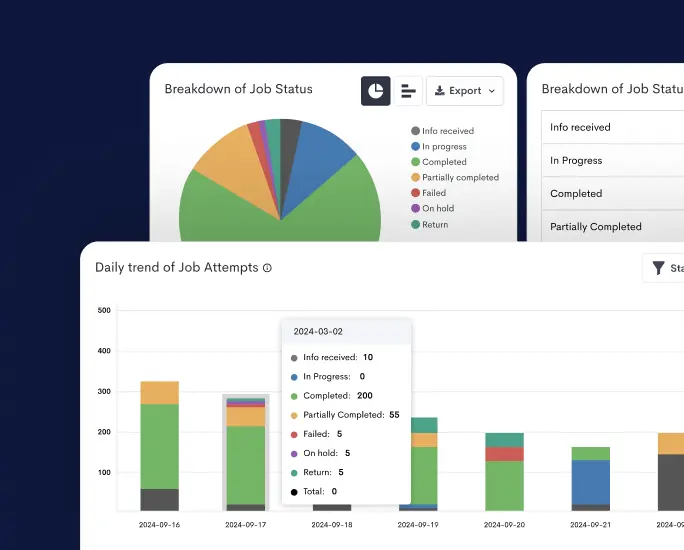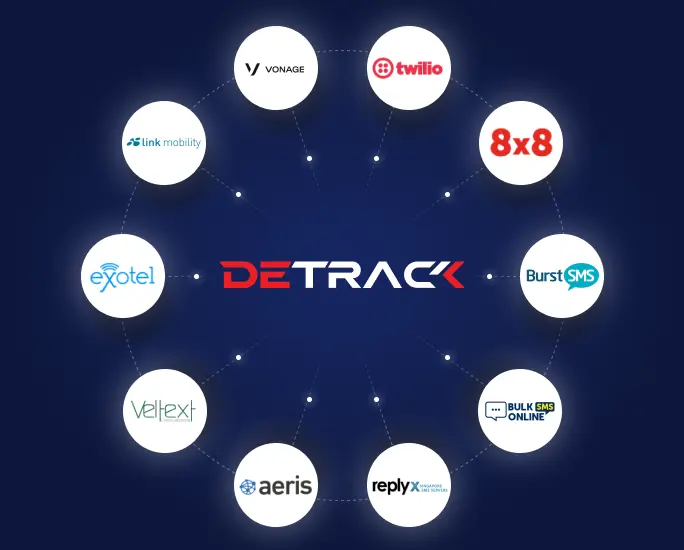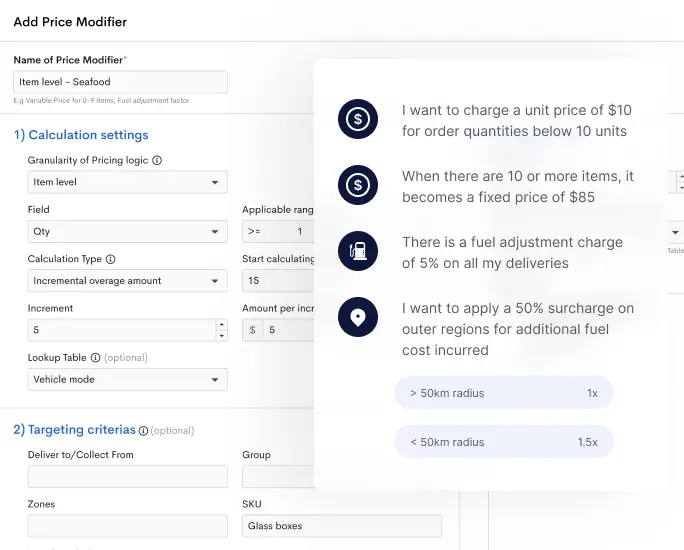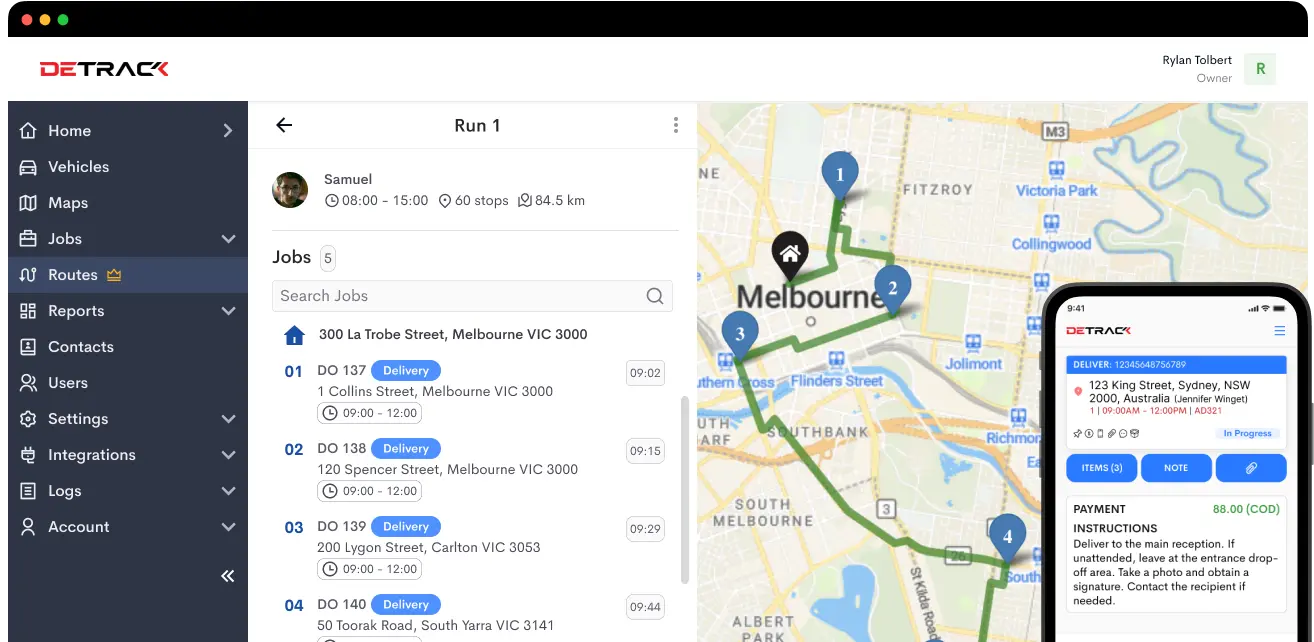With the rapid growth of online shopping, the demand for fast deliveries has skyrocketed—but so has the environmental impact. Traditional delivery practices rely on fuel-powered vehicles, extensive packaging, and sprawling logistics networks, creating substantial carbon footprints. However, the industry is evolving.
“Green delivery solutions” are transforming logistics, providing companies with the tools to reduce emissions, cut waste, and adopt eco-friendly practices. Here’s a closer look at green delivery solutions, why they’re essential, and how companies can implement them to build a sustainable future.
Why Green Delivery Solutions Are Essential
The delivery industry’s environmental impact has never been more significant. According to the Climate Portal, freight transport is responsible for around 8% of global carbon emissions, with last-mile delivery contributing a substantial portion of this figure. The ecological cost of delivery logistics is vast, from greenhouse gas emissions to packaging waste to fuel consumption.
Customers know this impact and are increasingly inclined to support businesses prioritizing environmental sustainability. For companies, adopting green delivery practices isn’t just about doing the right thing; it’s about aligning with customer expectations and positioning themselves as forward-thinking, responsible brands.
Ways to Achieve Green Delivery Solutions
Green delivery solutions are not one-size-fits-all; they encompass various strategies, each addressing a different aspect of the delivery process. From sustainable vehicles to smart technology, here’s how businesses are reducing their environmental footprint.
1. Electric and Alternative-Fuel Vehicles
The switch to electric vehicles (EVs) and alternative fuels, like biodiesel and hydrogen, is one of the most effective ways to reduce emissions. Unlike gasoline-powered vehicles, EVs produce no tailpipe emissions, making them ideal for companies seeking to minimize their environmental impact. Even with limited infrastructure in some areas, electric and alternative-fuel vehicles are rapidly gaining traction.
DHL is a prime example of this shift. The company’s “Zero Emissions 2050” initiative includes a commitment to have 70% of its last-mile delivery services use environmentally friendly methods by 2025, with electric vans forming a significant part of its fleet.
Companies like Amazon and FedEx also invest in thousands of EVs, hoping to reduce emissions and long-term fuel costs. As battery technology advances and charging infrastructure expands, electric and alternative-fuel vehicles will become even more feasible for large and small logistics providers.
2. Smart Route Planning and Optimization
Reducing emissions often begins with optimized route planning. By using advanced software to calculate the most efficient routes, companies can cut down on unnecessary mileage, save fuel, and reduce carbon emissions. These systems use real-time data on traffic, weather, and other factors to continually update routes, ensuring that drivers take the shortest, most fuel-efficient paths.
Route optimization platforms like Detrack help businesses streamline deliveries, lowering emissions and fuel costs while maximizing delivery efficiency. This technology also supports sustainable delivery models by allowing companies to serve more customers with fewer resources, all while meeting high delivery standards.
3. Eco-Friendly Packaging and Reusable Containers
Packaging waste is a significant environmental issue within delivery logistics. Traditional packaging—often single-use plastic, Styrofoam, or cardboard—contributes massively to landfills, and its production often involves environmentally harmful processes. Green delivery solutions prioritize sustainable packaging options, including biodegradable materials, recyclable cardboard, and reusable containers.
For example, companies like Loop have pioneered reusable packaging models, allowing customers to return packaging materials for future deliveries. Meanwhile, Amazon has implemented its “Frustration-Free Packaging” initiative to minimize plastic use and create fully recyclable boxes. These practices help reduce waste, conserve resources, and appeal to environmentally conscious consumers.
4. Carbon Offsetting Programs
While many companies are moving toward reducing emissions, carbon offsetting remains a viable option to counter unavoidable emissions. Carbon offset programs allow companies to invest in renewable energy projects, reforestation, and other initiatives to balance their carbon output. This approach, while not a direct emission reduction, helps companies compensate for emissions that can’t yet be eliminated.
These funds support environmental projects, such as methane capture at landfills or forest conservation. With offsetting programs, companies can take responsibility for their emissions while working on long-term green delivery strategies.
5. Leveraging Local and Micro-Fulfillment Centers
By setting up strategically placed micro-fulfillment centers close to major urban centers, companies can reduce the distance required for last-mile delivery, cutting emissions and improving delivery speed. Micro-fulfillment centers are typically smaller than traditional warehouses and focus on high-demand products, allowing companies to serve customers more efficiently.
Retailers like Walmart and Target have led the way with these micro-fulfillment strategies, moving inventory closer to consumers to reduce the environmental costs of transportation. The approach also enables green delivery methods, such as bike and pedestrian couriers, to handle last-mile deliveries, further minimizing emissions.
Benefits of Adopting Green Delivery Solutions
Going green offers delivery companies a range of benefits beyond environmental impact:
- Reduced Costs: Investing in green technologies, such as electric vehicles and route optimization software, can lower fuel and operational costs.
- Enhanced Customer Loyalty: As eco-awareness rises, customers are more inclined to support brands prioritizing environmental sustainability.
- Regulatory Readiness: As governments enforce stricter environmental regulations, green delivery solutions can help companies stay compliant.
- Positive Brand Image: Sustainable practices resonate with consumers, who increasingly view companies with eco-friendly initiatives as more credible and responsible.
Conclusion
As more companies embrace green solutions and technological advancements make these options more accessible, green delivery is poised for growth. Future trends likely include fully electric fleets, AI-driven logistics, and possibly autonomous, zero-emission delivery drones.
Green delivery solutions present an opportunity to transform logistics in a way that is both environmentally sustainable and beneficial for businesses. By reducing emissions, cutting waste, and embracing new technologies, logistics companies can lead the way toward a greener future and contribute positively to a more sustainable world.

